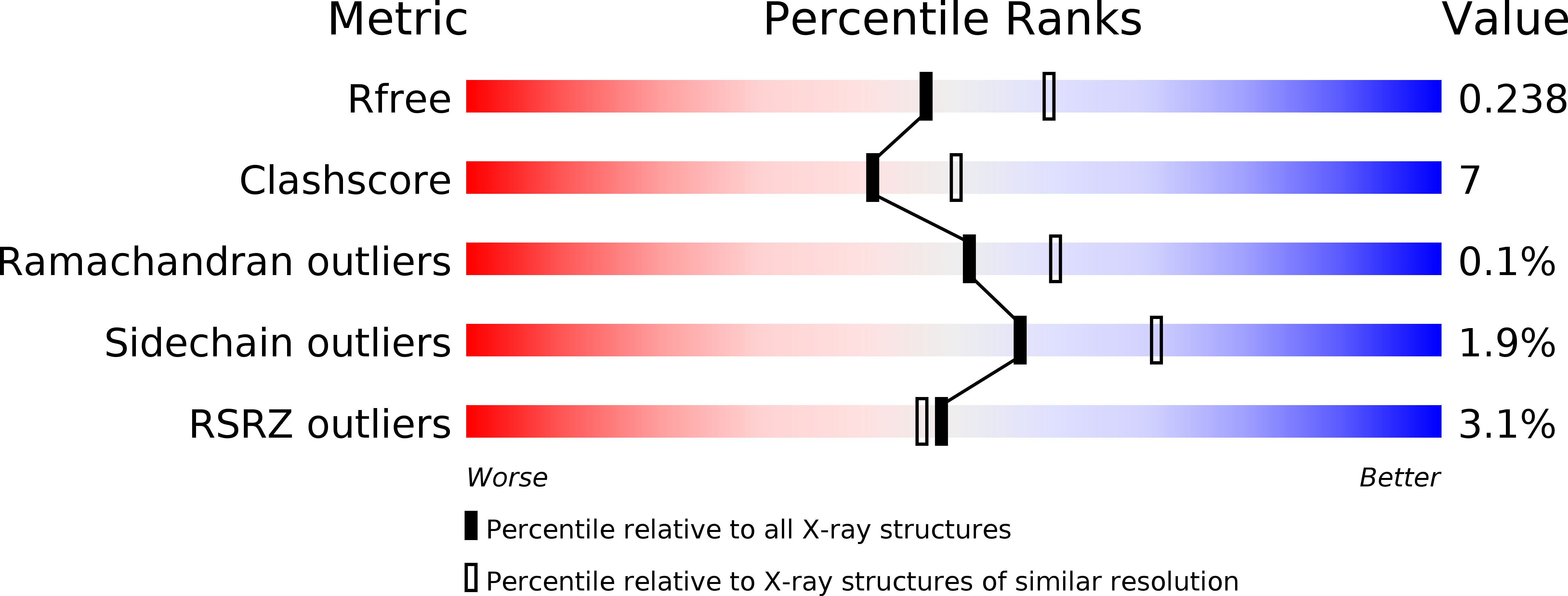
Deposition Date
2001-05-09
Release Date
2001-06-06
Last Version Date
2024-11-20
Entry Detail
PDB ID:
1IM3
Keywords:
Title:
Crystal Structure of the human cytomegalovirus protein US2 bound to the MHC class I molecule HLA-A2/tax
Biological Source:
Source Organism:
Homo sapiens (Taxon ID: 9606)
Human herpesvirus 5 (Taxon ID: 10359)
Human herpesvirus 5 (Taxon ID: 10359)
Host Organism:
Method Details:
Experimental Method:
Resolution:
2.20 Å
R-Value Free:
0.24
R-Value Work:
0.20
R-Value Observed:
0.20
Space Group:
P 1


